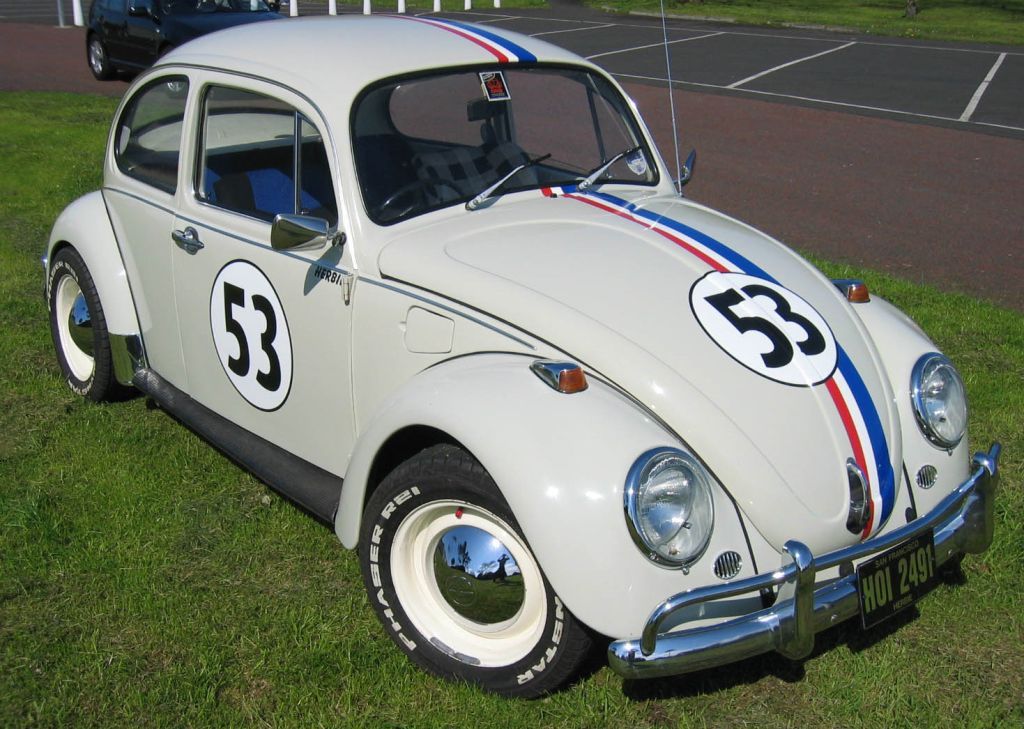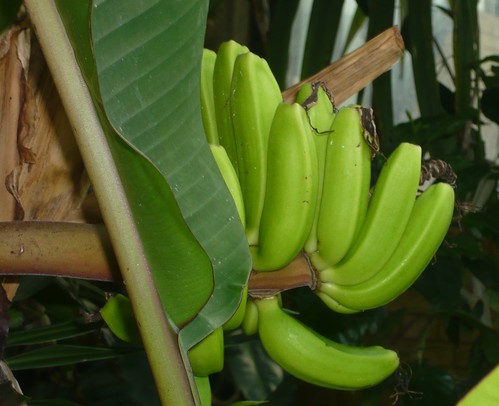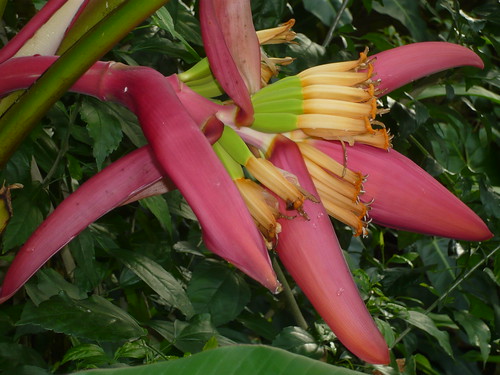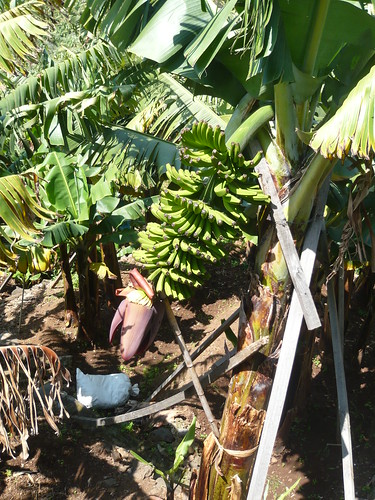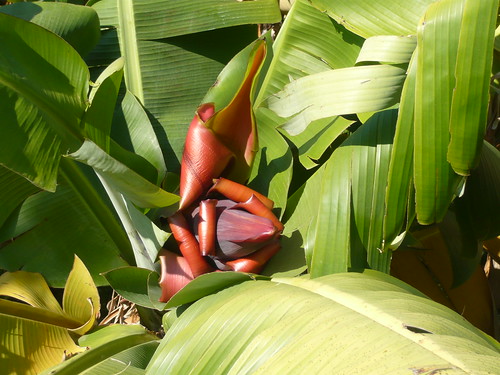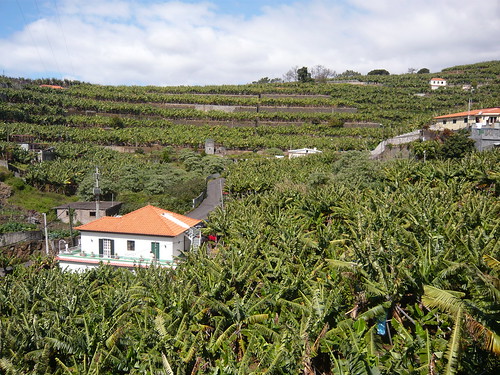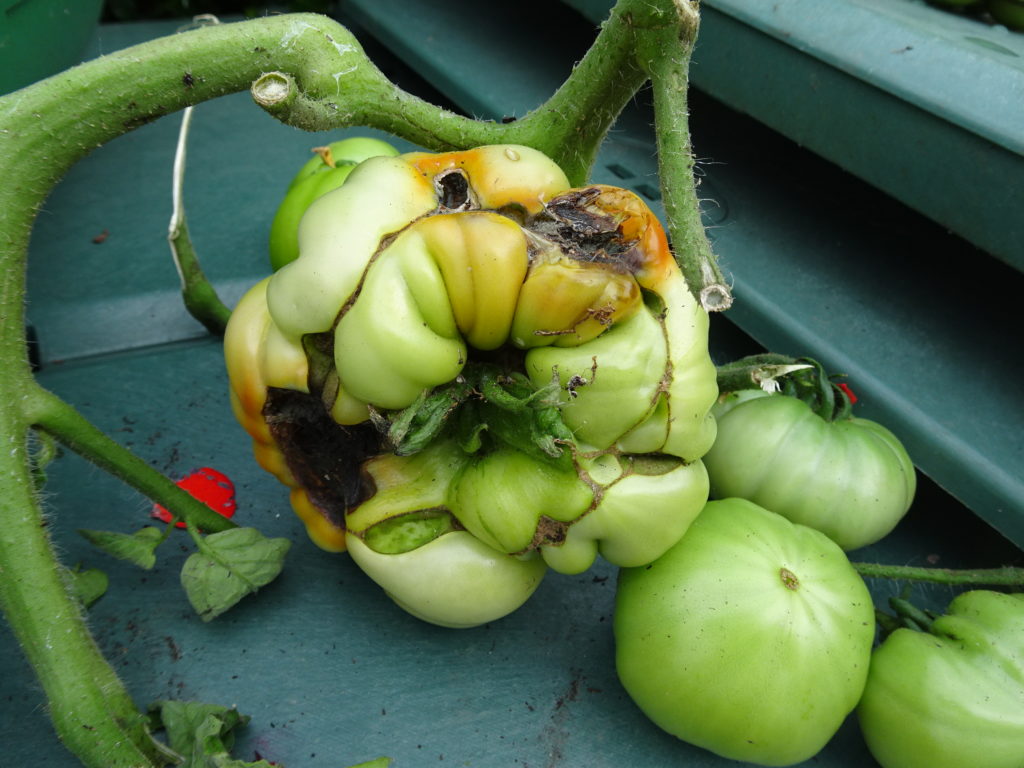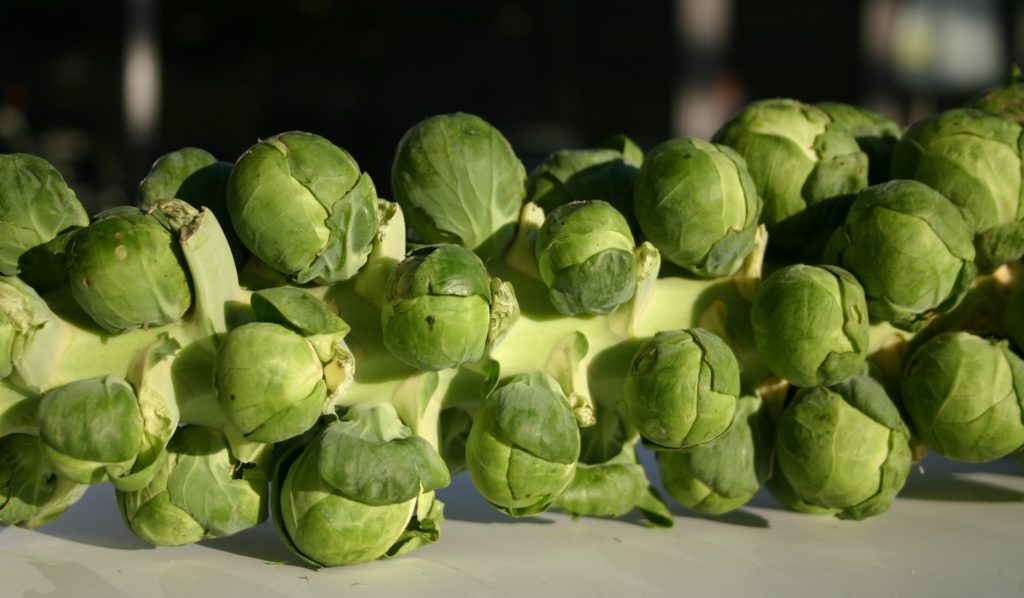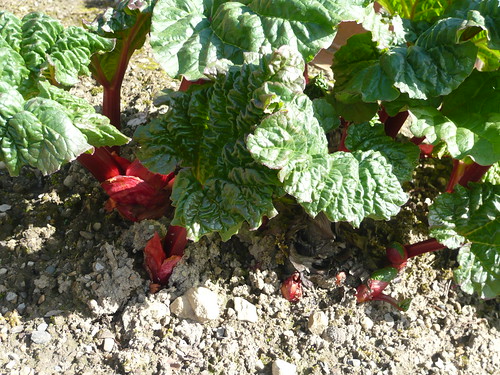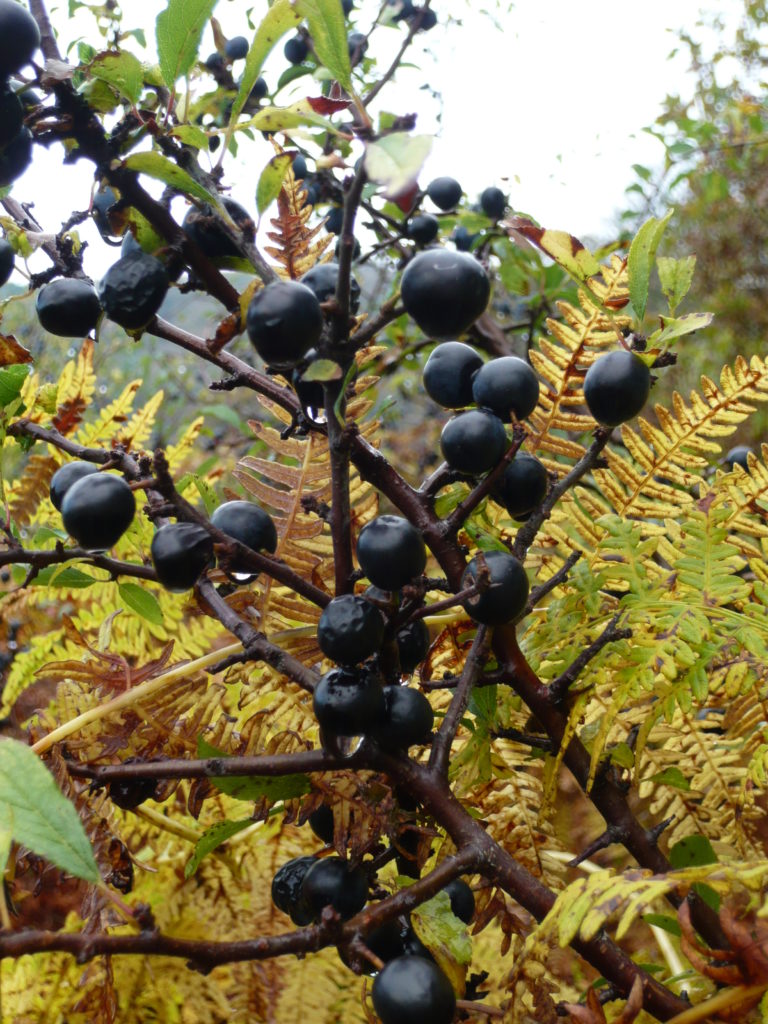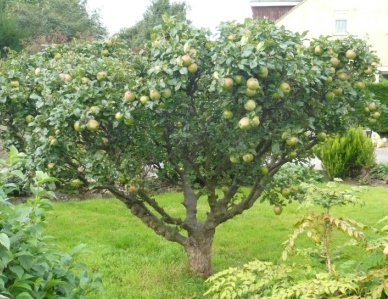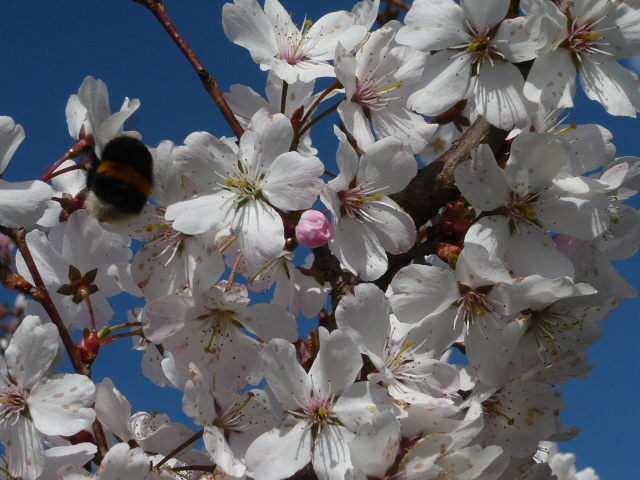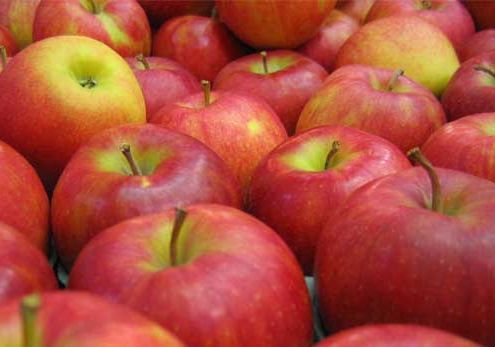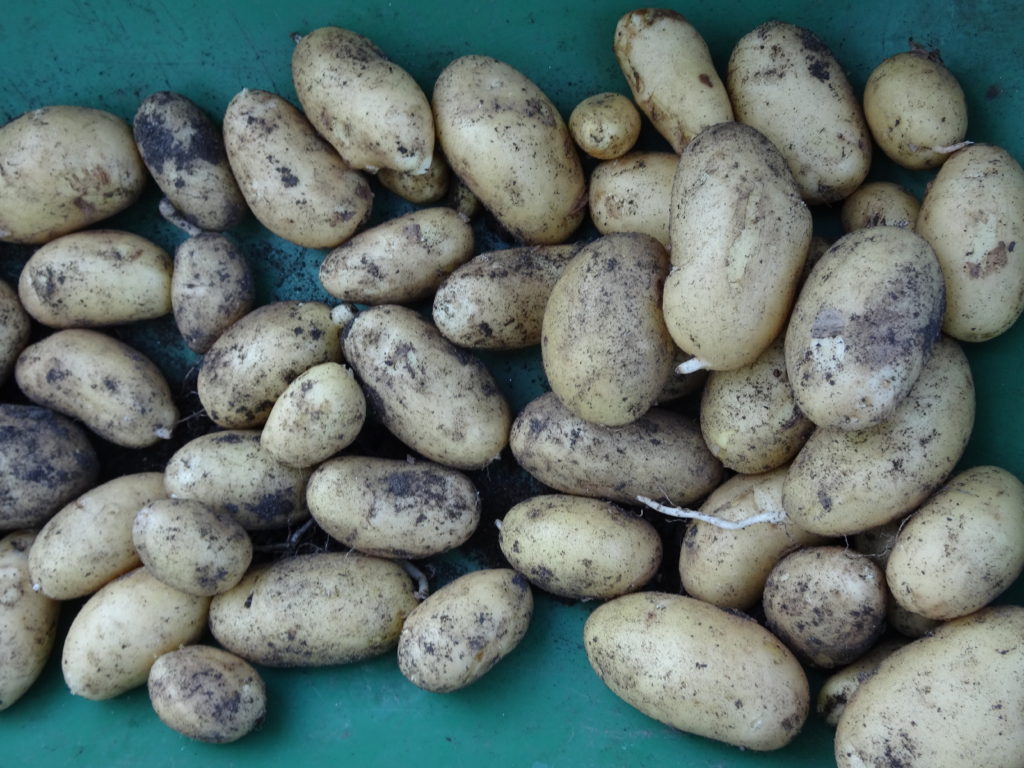
Here in Oxford, we tried sowing some Kale in the middle of August.
We sowed some directly into pots and as an after thought sowed some directly into the ground.
Going on holiday for two weeks after sowing seeds is always asking for trouble, and by the time we got back they had shriveled up and were only good for the compost heap. However, the seeds sown direct into the ground did quite well. A few got eaten by slugs but a couple grew fast enough to escape their clutches.
The location in the garden wasn’t the best, with shade from Conifer and other trees limited the amount of direct sun, as Autumn progressed, they were lucky to get one hour of sun per day. Yet, despite little direct sunlight, they kept growing and soon started to encroach on each other. We started picking some leaves from the bottom of the plants and got a few meals out of them.
As the nights shortened, growth slowed down almost to a stop and the Kale pests seemed to be taking out more than they were able to grow. I think later damage came from pigeons or the like, it doesn’t look like the work of slugs – too big and neat.
Anyway, they look OK, in the mostly empty border and were a good ground-cover as we await a new fence. The last few straggly plants will be harvested and will make the odd meal or two.
But, for late sowing, they didn’t get enough sunlight to really get going – even the richest soil can’t compensate for lack of light. But, next year, we’ll pick a better spot and hope that they really take off. We may also try a later sowing because Kale is a good plant for providing fresh veg through the winter months. However, we may have to take pest control a bit more seriously which will mean netting to stop both butterflies and pigeons – so maybe not in the flower border.
Here’s a useful post on growing organic Kale.
Related posts at Gardenerstips
